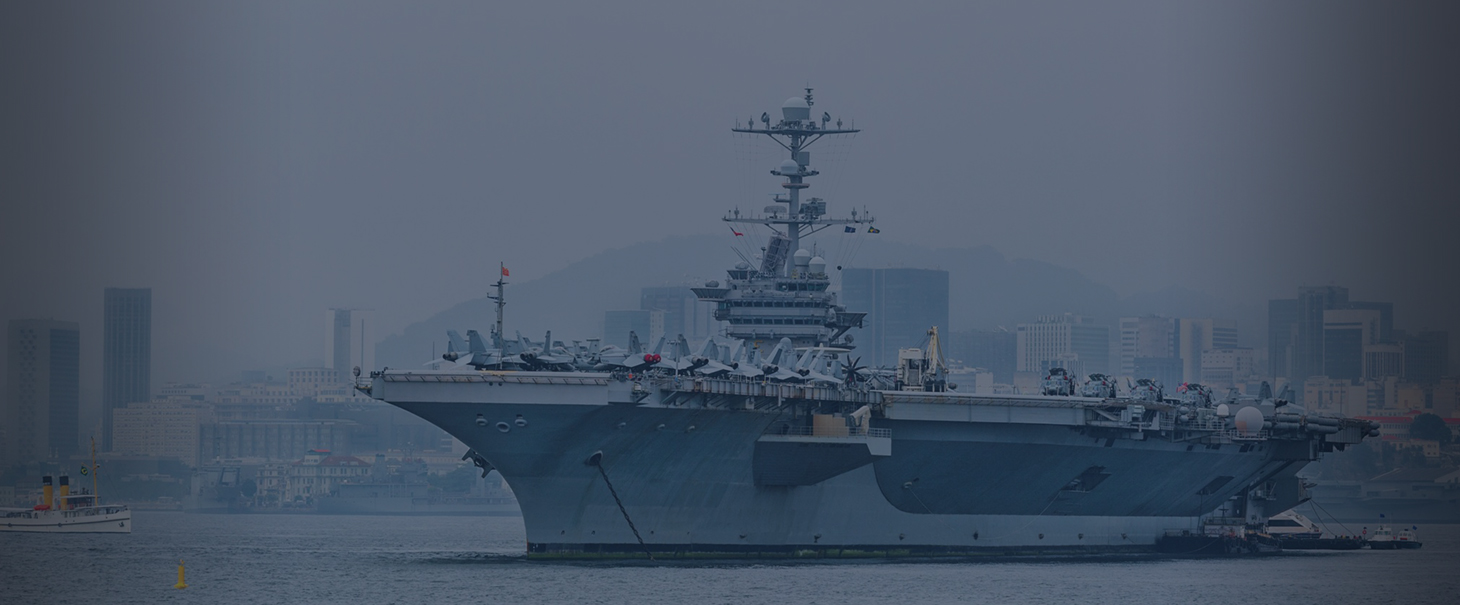EXPERT
Issues
Locations
DOWNLOAD
Since China’s emergence on the global scene the pursuit of its strategic goals has led to speculation, especially concerning how and why it exercises its growing financial and economic power. Its ability to promote trade, provide easy loans, grants and investments has led some to ask whether China is engaging in a modern day version of dollar diplomacy. The similarities and differences from previous efforts at dollar diplomacy provide some useful lessons. The original dollar diplomacy promoted by William Howard Taft and his secretary of state P.C. Knox encouraged US investments, commercial and financial involvement in the Americas, but also used this financial power as a diplomatic and political weapon. At its worst, dollar diplomacy was the thin wedge of a long history of US intervention by force in the internal affairs of countries in Central American and the Caribbean. Nor was it always beneficial to US investors some of whom were defrauded as they were encouraged to purchase large amounts of foreign bonds on which issuing countries had defaulted. China may now be exercising its economic power in the Caribbean but it would be a stretch to call it dollar diplomacy in its original form. Instead, a more thorough assessment of China’s interests and objectives in the region may be in order. The Caribbean Since the virtual demise of the sugar industry most of the Caribbean nations have struggled to find a sustainable economic model. Tourism, the abundance of sun and sand, while providing needed foreign exchange, however, depends on good economic times abroad, especially in the US, Europe, and Latin America. The recession and the slow recovery have only underscored the level of dependence. The challenges facing most of the Caribbean nations are neither unique nor entirely isolated. They include high unemployment and migration levels, unsustainable levels of government debt and increasingly high costs of energy. In fact, the high costs of energy have led some small Caribbean island nations to join Hugo Chavez’s radical ALBA (Bolivarian Alliance for the Americas) in exchange for cheap Venezuelan petroleum. When a powerful nation such as China comes on the scene and offers loans, credits and investment, local actors take substantial notice, especially when the traditional hegemon, the United States, seems preoccupied elsewhere. From 2003 until 2012, China’s investment in the Caribbean has grown to $500 million. During his June 2013 visit to Trinidad and Tobago, China’s President Xi Jinping announced $3 billion in soft loans and investments, as well as a grant of Rm 500 (or $8 billion to the region). Most of the investments are meant for the construction of highways, ports, and hospitals. While small compared with China’s presence in Latin America and Africa, it represents a substantial investment in contrast to the erosion of the US’s position in the region. From an economic perspective, China has little to gain in the region. Trinidad and Tobago offers small amounts of gas and oil reserves while Jamaica and Guyana export bauxite. Apart from that, the tiny populations on the English-speaking Caribbean island nations do not constitute important export markets for Chinese goods. Moreover, in most of the former British Caribbean, higher wages and unions make for unattractive investment destinations. Nevertheless, China’s presence is already felt. In Jamaica, for instance, China Harbour Engineering Company is scheduled to invest $1.5 billion to build a transshipment port on Goat islands. The port will serve as a logistic hub for China to take advantage of Panama Canal expansion and modernization. From China’s perspective, this extends its global distribution capacity. In Cuba, an ally of China’s, China Development Bank invested $500 million in a nickel processing facility. Similarly, SINOPEC, the Chinese petroleum giant, has been conducting offshore seismic testing since 2008. Great Wall Drilling has provided drilling rigs off of Cuba’s northern coast. What does China want? China’s presence in the Caribbean seems underwhelming compared to larger involvement elsewhere. This has led many analysts to inquire why China has reached out to the countries in the region. For one thing, each of the mini-states in the Caribbean has one vote in the United Nations. A China that provides easy terms for credits and loans, builds otherwise unprofitable infrastructure, and refuses to intervene in internal affairs appears welcoming to most of the small countries in the region. The nonintervention compares favorably with a number of Bush administration era run-ins in which US anti-narcotic initiatives were viewed as overbearing and punitive by some of the regional governments. One particularly significant issue concerns the diplomatic recognition of the PRC in the region. In Central America, for example, all of the nations except Costa Rica recognize Taiwan, but in the Caribbean recognition is a mixed bag. The Dominican Republic and Haiti continue to have diplomatic relations with the government in Taipei. And while Cuba, Jamaica, and Barbados have long recognized the Beijing government most Caribbean English speaking nations continue to recognize Taiwan, which the PRC considers a “lost territory.” Clearly, the PRC will continue to use its diplomatic and economic power strategically to advance the “One China” policy. As an outstanding example of an economic transformation as a developing country, China continues to enjoy considerable respect and influence among developing countries. “We see in your China Dream a splendid opportunity for China to become a model for the world,” toasted Trinidad and Tobago’s Prime Minister Kamla Persad-Bissessar during President Xi’s visit to that country. Nevertheless, there are concerns that China’s enormous power would lead to an imbalance in relations. The fear is that China could exercise overweening power and other nations could become overly dependent on China, especially in trade and financing. One serious disadvantage of China’s projects is the insistence by lenders and investors to use Chinese labor, engineers, and materials. This provides little opportunities for local employment and economic development. In fact, some of the projects are more likely subsidies for Chinese overseas companies than they are value-creating opportunities in the receiving countries. There are also ominous concerns. Writing in the Sept. 30, 2013 issue of The Wall Street Journal, Rush Doshi and David Walter, argue that China has been studying the Soviet Union’s Caribbean strategy that saw the region as an American vulnerability. The Soviets, they write, “knew the Panama Canal was essential for moving US naval vessels … US oil imports arrived at Gulf of Mexico refineries via Caribbean waterways,” and that “in the event of war, the Soviets reasoned they could disrupt these transportation lines, harm the US economy, and distract attention from Europe.” While acknowledging the absence of a Cold War between the US and China, the authors contend that China’s recent projection of power is a revival of Soviet strategy minus the military assistance and subversion. Instead, Chinese investments that buy “diplomatic blandishments today will tomorrow be used to secure still greater economic and strategic advantages.” Competition for influence and the projection of political and economic power on the world scale is a fact of reality. During its rise as a superpower, the US used “dollar diplomacy,” among other strategies, to project its growing power. Today, whatever the intricacies of its objectives, China is exercising its muscles as an emerging superpower. Read the original, from China US Focus, here.


 Fernando Menéndez
Fernando Menéndez